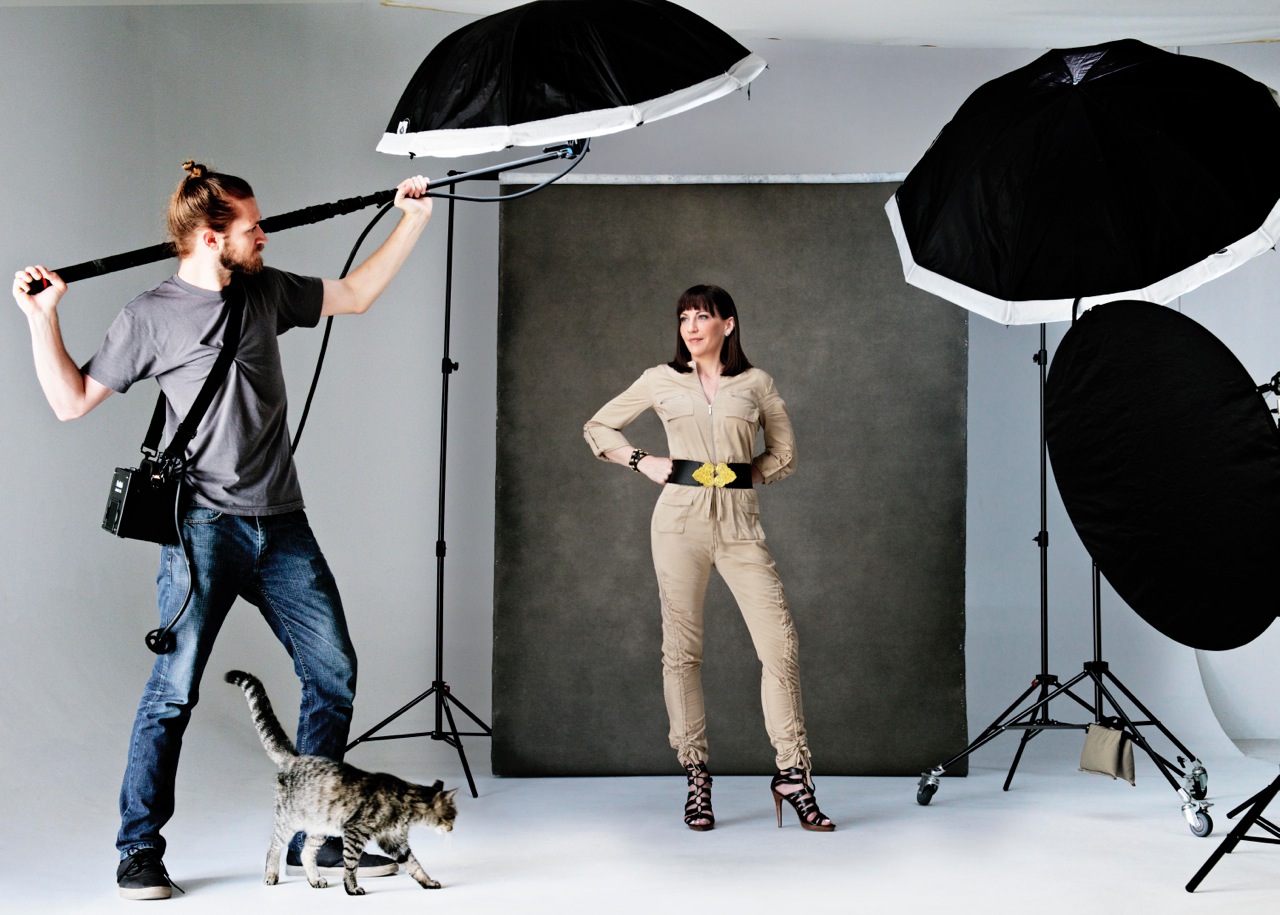What is the Best Way to Learn Photography Lighting Effectively?
Photography lighting is often regarded as the 'bread and butter' of capturing stunning images. For professional photographers, mastering lighting techniques can significantly enhance their work, paving the way for outstanding photographs that captivate audiences. But, with the plethora of options and information available, the question arises: what is the best way to learn photography lighting? In this article, we delve deep into effective methods and strategies that can optimize your understanding and application of lighting in photography.
Understanding lighting is essential because it sets the mood, tone, and texture of your images. From the subtle play of shadows to striking contrasts, the way you manipulate light can transform a simple photograph into a masterpiece. This guide will provide you with a structured approach to learn and experiment with various lighting techniques. Lets embark on this illuminating journey together!

The Foundation of Photography Lighting
Types of Lighting in Photography
Before we dive deeply into learning techniques, its crucial to understand the various types of lighting available. Broadly speaking, there are two main types of light: natural and artificial. Natural light refers to sunlight, while artificial lighting includes flashes, studio lights, and more. Each type serves different purposes and can drastically alter the outcome of your photography.
Using Natural Light to Your Advantage
Natural light can be your best friend, especially during the golden hoursshortly after sunrise and before sunset. Here, the sunlight is soft and warm, creating flattering conditions perfect for portrait photography. For professional photographers looking to capture the beauty of landscapes or details in nature, understanding how to harness natural light can be pivotal. For further insights, you can check the article on studio lighting.
Artificial Lighting Techniques
When natural lighting isnt sufficient, knowing how to use artificial lighting is essential. This includes continuous lights, speedlights, and studio strobes. Each has its characteristics. Learning how to balance and mix these different light sources can provide photographers with creative freedom. For practical guidance, consult articles like lighting equipment.

Hands-On Learning Approaches
Practice with Different Scenarios
One of the best ways to learn is through practice. Experimenting in various environments with different lighting conditions pushes you to adapt and understand. Set up specific scenarios such as low light, harsh sunlight, or even utilize multiple light sources to see how they interact. Capture the same scene under different lighting to compare results.
Join Photography Workshops
Enrolling in photography workshops focused on lighting can be incredibly beneficial. These workshops are often conducted by experienced professionals who share valuable insights tailored to various genres of photography. Additionally, they promote practical learning through hands-on experience. To find workshops, explore local photography clubs or organizations.
Online Courses and Tutorials
In the digital age, online courses have become a fantastic resource for aspiring and professional photographers alike. Websites like Coles Classroom and Pro Photo Studio offer classes that cover essential lighting techniques comprehensively. Take advantage of these resources to broaden your understanding.

Advanced Photography Lighting Techniques
Light Modifiers
To master lighting, understanding light modifiers is key. These tools alter the quality of light, allowing for softer or more defined shadows. Common modifiers include softboxes, reflectors, and umbrellas. Each has its unique impact on the final image. Experimenting with these modifiers can lead to remarkable results.
Using Reflective Surfaces
Reflective surfaces can near-magic when playing with light. They can bounce light onto subjects, filling in shadows or providing a glow. Consider using reflectors or even natural surfaces, like water, to see how they enhance your images.

Lighting Equipment Essentials
Choosing the Right Gear
Investing in quality lighting equipment is essential for achieving desired results. Research the available options to ensure your purchases match your photographic style and needs. Dont forget to learn about the best type of lighting for specific photography genres, as this knowledge is vital for gear selection.
Maintaining Equipment
Regular maintenance of lighting gear is crucial to ensure optimal performance. Since different equipment ages differently, be sure to keep manuals and care instructions handy. Understanding how to care for different types of light sources will extend their life and efficiency.
Evaluating Your Progress
Seek Feedback
Capturing great images is one part of the puzzle; evaluating them is another. Share your work with peers and seek constructive criticism. Learning from others can offer new perspectives and valuable insights that you might have overlooked. Online forums and photography communities are great places to find supportive critics.
Continuous Learning
Photography, particularly lighting, is a field that continually evolves. Stay updated with the latest trends and innovations. Subscribe to photography blogs and magazines, or follow industry professionals on social media to broaden your knowledge and learn from others.
FAQs
What types of lighting should I learn first?
Its beneficial to start with natural light. Once you grasp how to work with that, move on to artificial lighting.
How can I experiment with lighting at home?
You can set up scenes in your home using window light or household lamps. Try shooting at different times to see how lighting changes.
What is the significance of light modifiers in photography?
Light modifiers help shape and control the quality of the light. They can soften edges and reduce harsh shadows, greatly impacting the mood of a photograph.
As an Amazon Associate, I earn from qualifying purchases.

